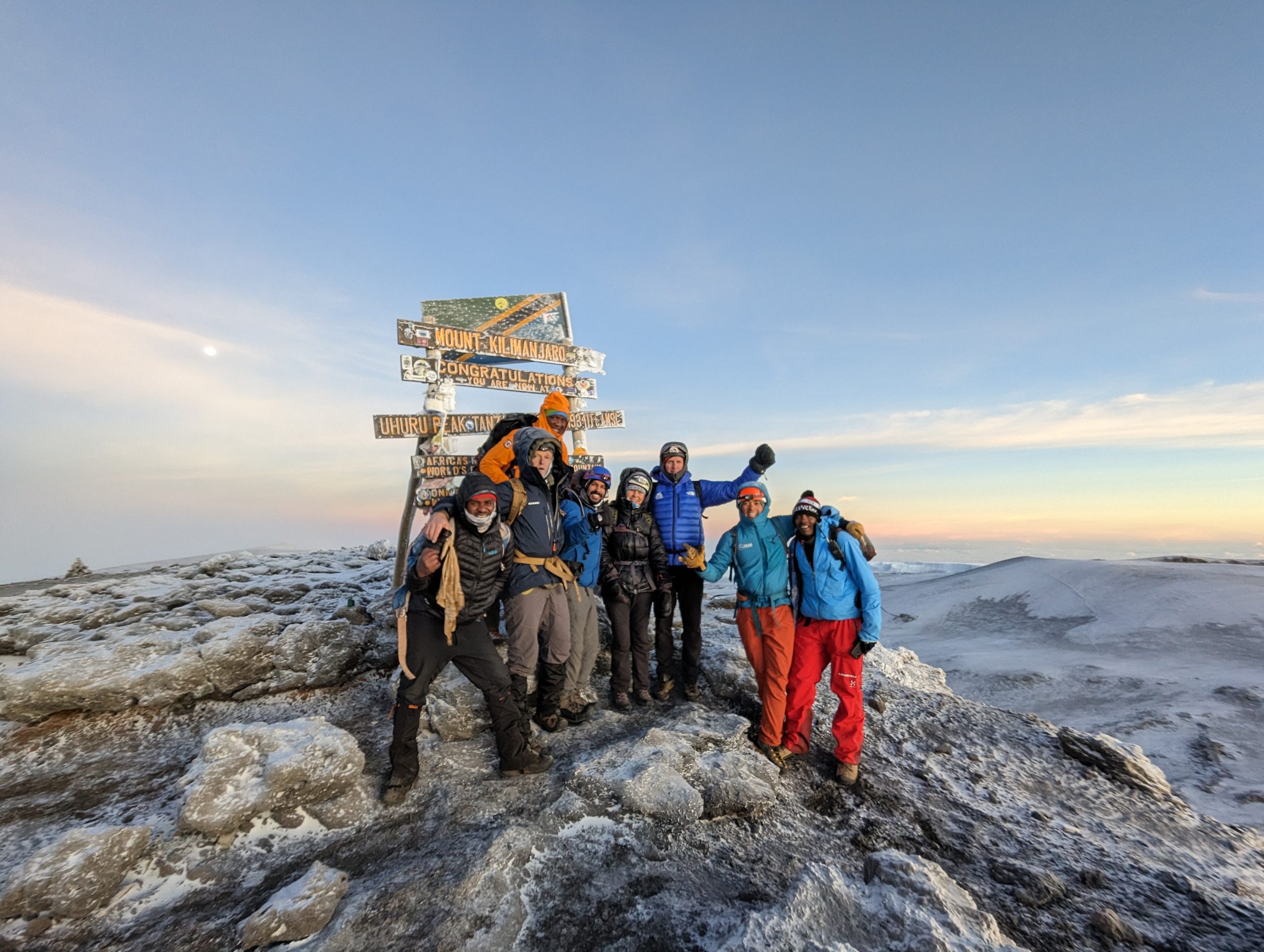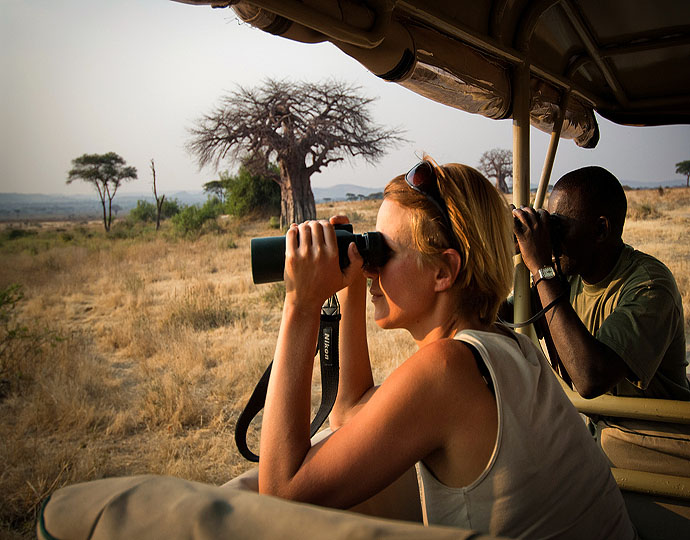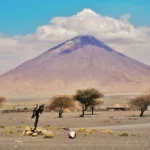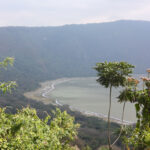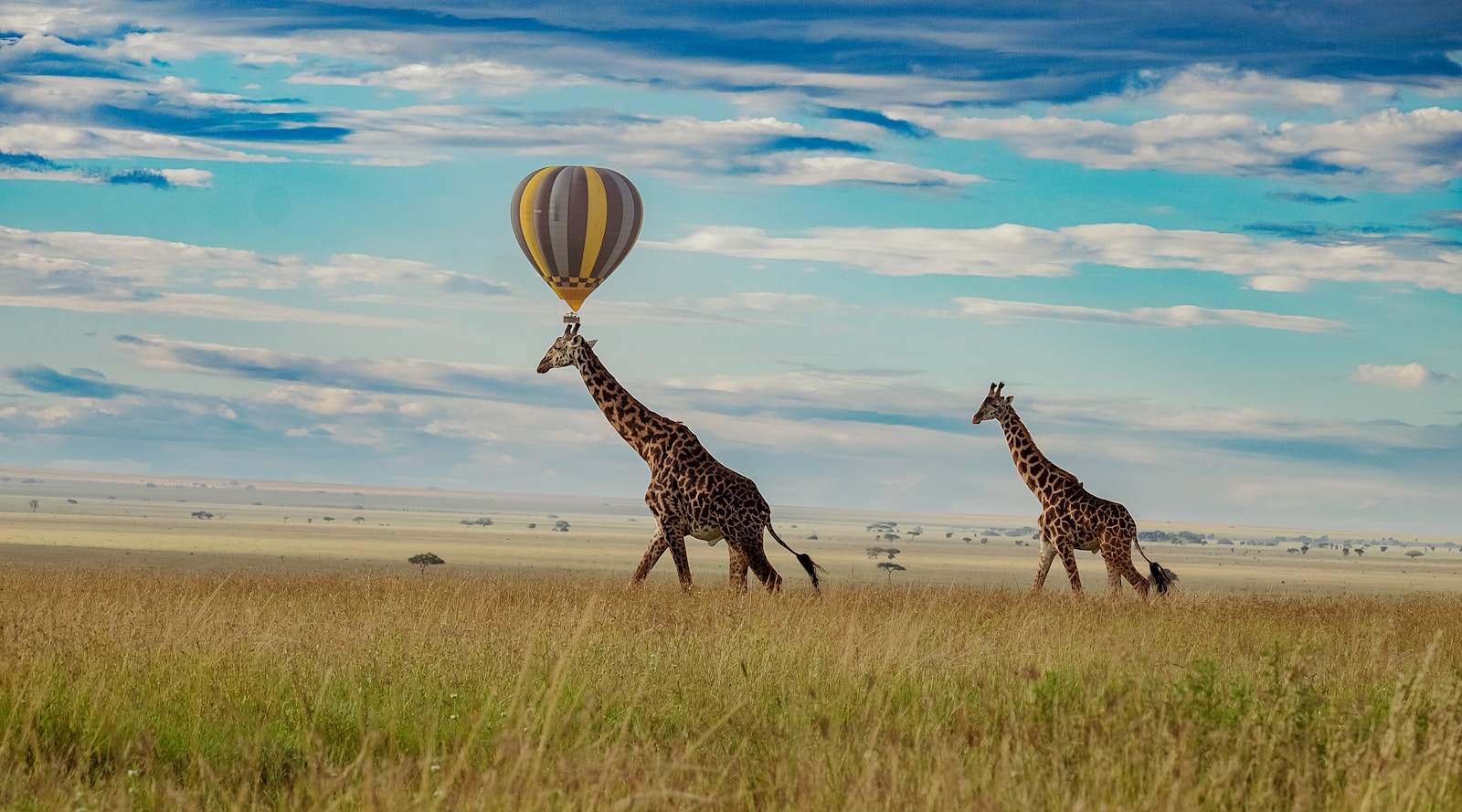
Overview
Serengeti National Park, located in northern Tanzania, is one of the most famous wildlife conservation areas in the world. Covering approximately 14,750 square kilometers, it is renowned for its vast plains, diverse ecosystems, and an incredible concentration of wildlife. The park is perhaps best known for the annual Great Migration, where millions of wildebeest, zebras, and gazelles traverse the landscape in search of fresh grazing grounds.
Activities
- Game Drives:
During guided game drives, experience the thrill of spotting the Big Five (lion, leopard, elephant, buffalo, and rhinoceros) along with numerous other species. - Hot Air Balloon Safaris:
Take in the breathtaking views of the Serengeti from above, watching wildlife roam the plains at sunrise. - Guided Walking Safaris:
Get a closer look at the park’s flora and fauna on foot with the help of experienced guides. - Bird Watching:
With over 500 bird species, the Serengeti is a paradise for bird watchers. - Cultural Visits:
Engage with the local Maasai communities and learn about their culture and way of life. - Photographic Safaris:
Capture stunning landscapes and diverse wildlife with a focus on photography.
Best Time to Visit
- June to October (Dry Season):
This is the best time for wildlife viewing in general, as animals gather around water sources and the vegetation is less dense. - January to March:
During this period, you can witness the calving season, where thousands of wildebeest are born daily. - April to May (Low Season):
Although this is the rainy season, it can be a good time to visit for fewer crowds and lush, green scenery. Wildlife is still abundant, and prices for accommodation and tours may be lower.
FAQ
- Is it safe to visit Serengeti National Park?
Yes, the park is generally safe for tourists. However, it is important to follow the guidance of park rangers and guides to ensure your safety.
- Do I need a visa to visit Tanzania?
Most visitors require a visa to enter Tanzania. Check with the Tanzanian embassy or consulate in your country for specific requirements.
- What should I pack for a safari in the Serengeti?
Essentials include lightweight clothing in neutral colors, a wide-brimmed hat, sunglasses, sunscreen, insect repellent, binoculars, a camera, and any necessary medications.
- Can I visit the Serengeti independently, or must I book a tour?
While it’s possible to visit independently, booking a tour is highly recommended for the best experience, as professional guides can greatly enhance your wildlife viewing and overall experience.
- What accommodation options are available in the Serengeti?
Accommodation ranges from luxury lodges and tented camps to more budget-friendly options like public campsites.
Parks Nearby
- Ngorongoro Conservation Area:
Adjacent to the Serengeti, it is famous for the Ngorongoro Crater, a massive volcanic caldera teeming with wildlife. - Tarangire National Park:
Known for its large elephant herds and ancient baobab trees, it is located southeast of the Serengeti. - Lake Manyara National Park:
This park offers diverse landscapes and is known for its tree-climbing lions and large flocks of flamingos. - Mount Kilimanjaro National Park:
Home to Africa’s highest peak, it offers trekking opportunities for those looking for a more adventurous experience. - Arusha National Park:
Located near the city of Arusha, it features diverse habitats and stunning views of Mount Meru.
Serengeti National Park offers an unparalleled safari experience, combining stunning landscapes with an abundance of wildlife and rich cultural interactions. Whether you’re a seasoned traveler or a first-time visitor, the Serengeti promises an unforgettable adventure.
